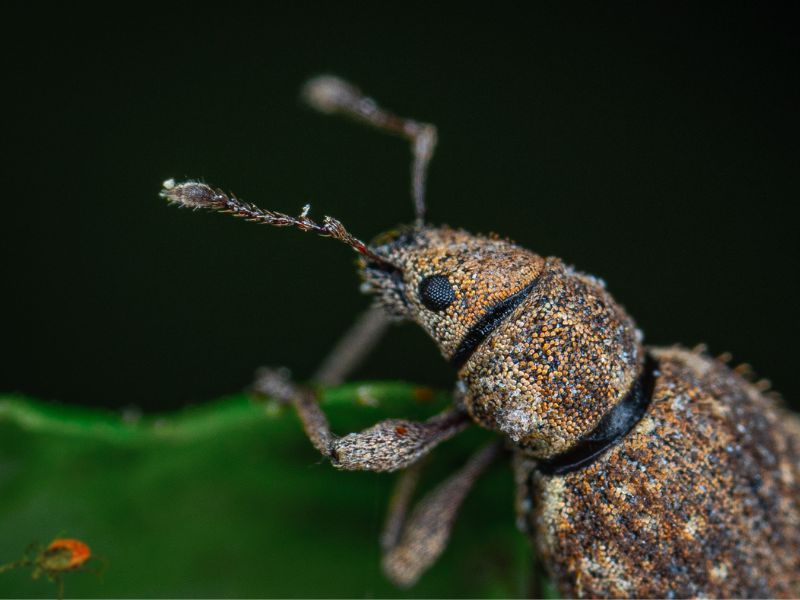
The Tiny World Up Close: Mastering the Art of Macro Photography
Welcome to the enchanting world of macro photography, where you get to explore the tiniest details of everyday objects and creatures. Macro photography is a fascinating genre that allows you to capture the intricate beauty and hidden wonders that often go unnoticed by the naked eye. In this article, we will embark on a journey to master the art of macro photography, unveiling essential techniques and tips to help you excel in this captivating realm of photography.
1. Choosing the Right Gear
Before delving into the mesmerizing world of macro photography, it’s essential to have the right gear at your disposal. Invest in a good quality macro lens, ideally with a 1:1 magnification ratio, as it allows you to capture life-size images of your subjects. Alternatively, you can use extension tubes or close-up filters to achieve macro-like results with your existing lenses. A sturdy tripod and a remote shutter release are indispensable for maintaining stability during close-up shots and minimizing camera shake.
2. Get Close and Personal
In macro photography, the magic happens when you get up close and personal with your subjects. Move in as close as your lens allows while maintaining proper focus and composition. To avoid casting shadows on your subjects, use natural light whenever possible or employ diffused artificial light sources like reflectors or softboxes. Take your time to study your subject from different angles, as each perspective may reveal unique textures and details.
3. Mastering Depth of Field
Depth of field plays a crucial role in macro photography, especially when working with extremely shallow depths at close distances. A wider aperture (lower f-stop value) will create a narrow depth of field, isolating your subject from the background and producing beautiful bokeh. Experiment with different aperture settings to achieve the desired focus and blur effects. In some cases, you may need to use focus stacking techniques to combine multiple images with different focal points for a fully sharp result.
4. Patience, Precision, and Focus
Macro photography demands patience, precision, and a keen eye for detail. Even the slightest movement can disrupt your focus, so take your time to compose the shot and focus carefully. Use manual focus for better control, and if your subject is alive or moves, anticipate its behavior to capture the perfect moment. Be prepared to take numerous shots to ensure you have at least one tack-sharp image in the end.
5. Creativity Beyond Flowers and Insects
While flowers and insects are classic macro photography subjects, don’t limit yourself to these popular choices. The world of macro photography is vast and versatile, offering an abundance of intriguing subjects. Explore everyday objects like water droplets, textures of fabrics, or the patterns on a butterfly’s wings. Challenge yourself to discover the extraordinary in the ordinary, and you’ll be amazed at the unique images you can create.
Congratulations! You have now taken your first steps into the captivating world of macro photography. Armed with the right gear, an eye for detail, and a passion for exploration, you’re well on your way to mastering the art of capturing the tiny world up close. Embrace the beauty of the miniature, experiment with different techniques, and let your creativity soar as you embark on this delightful journey through macro photography.
